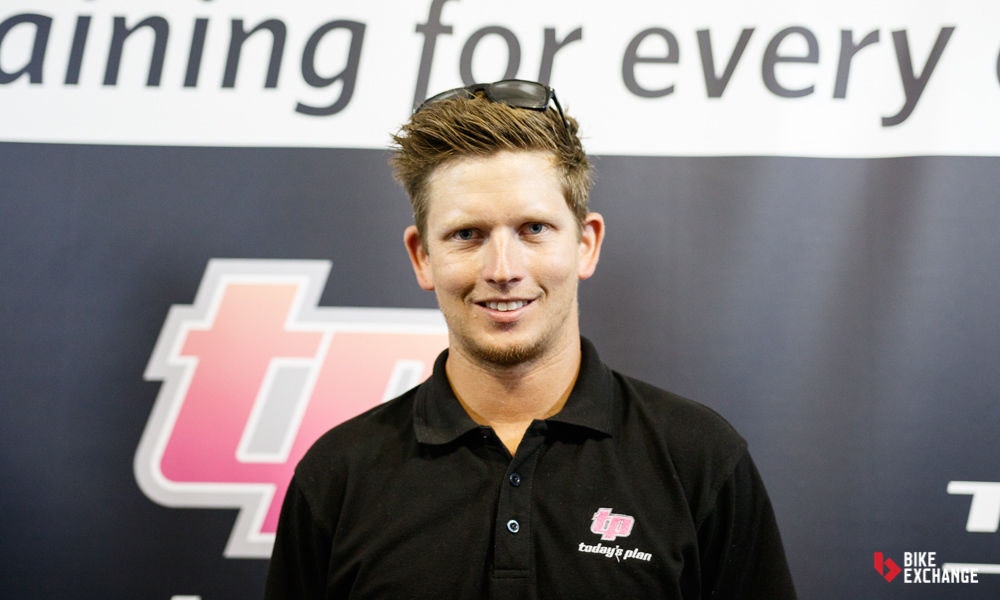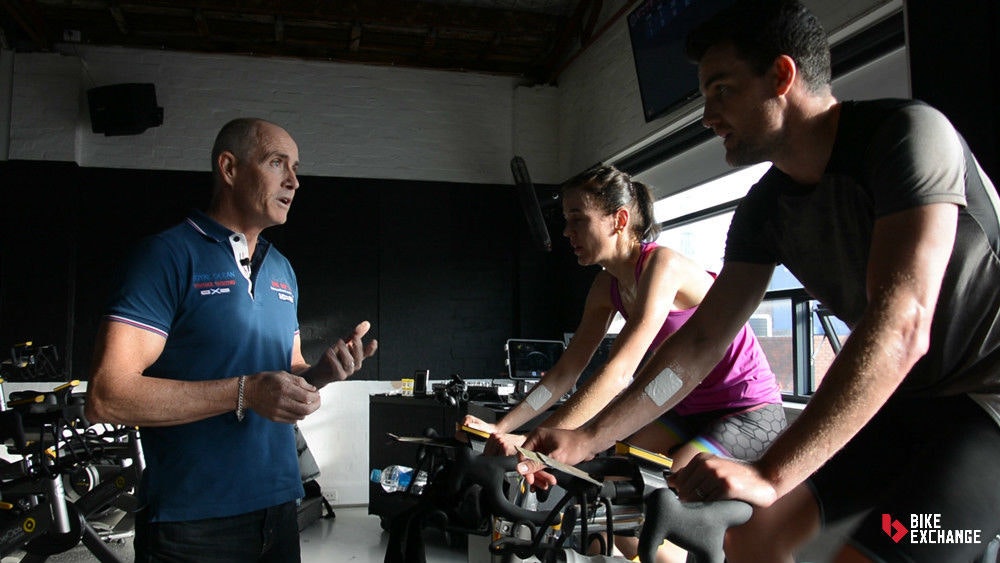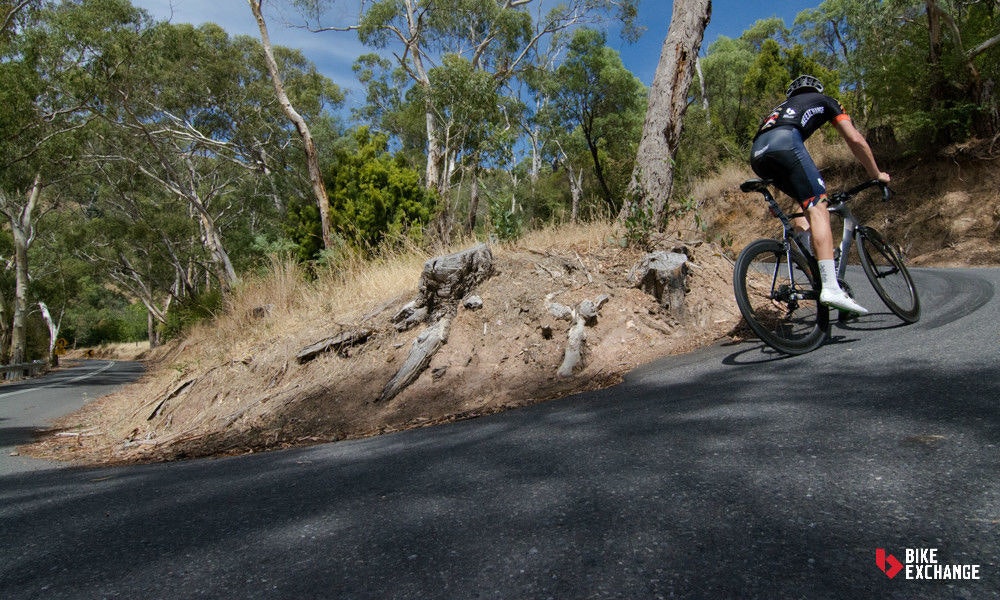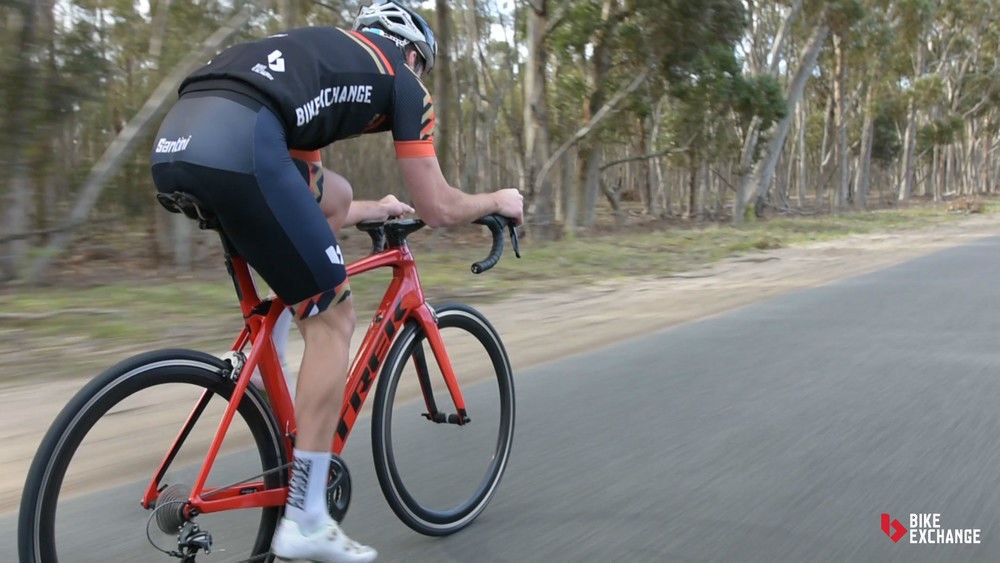We all lead busy lives and after hours in the office, spending time with the family, socializing, sleeping and eating, it feels like most of our time is gone. Despite being time poor, many of us still want to make improvements in fitness and perform better when on the bike. Seeking advice on how best to use limited free time effectively and efficiently, we spoke with Ben Hammond, an ex-triathlete, pro coach and now sports scientist at Today's Plan, – an Australian training and analytics software platform used by the likes of Team Sky and Trek SegaFredo.
If you have a Gran Fondo or marathon mountain bike event on the horizon, or simply want to know how to get the most out of your limited training time, read on.

1. Anything is better than nothing
If you could take home just one thing from this piece, it's that anything is better than nothing, as Ben says, "you can still go and hurt yourself in 45 minutes".
Regardless of the time frame you're working with, it is still possible to get load into your legs, even with a workout as short as 20 minutes. And if you have a power meter or heart rate monitor, these short, specific workouts can be extremely targeted and equivalent to hours of riding on the road.
"You can still go and hurt yourself in 45 minutes!"
In addition to being time poor, if something comes up that affects the amount of time you have for a session, don't write-off the whole session, make the most of the time you have. For example, if you had a two-hour session planned but due to commitments (family, work, etc...), you now only have time for a 30-minute workout, it can still be effective and provide you with some gains. Ben suggests even something as simple as a short stretching or foam roller session can have positive outcomes.
2. Make sure every session has purpose

You might only have a small window to train but as long as your training has a purpose, it can be effective. Whether you're aiming to get stronger, faster or develop your skills, make sure the session you are about to perform is structured and will achieve your goal. There's no point going out for a ride hoping that it will work and your fitness will improve, instead, know exactly what you are doing, where you are going to do it, and the exact details of your workout before you start.
3. Set some goals and make them SMART
Setting goals is the best way to keep you on track and ensure your training has a purpose and structure. When setting any kind of goal, there are five criteria that need to be met, and conveniently, they spell out SMART so you'll never forget them.
They are;
Specific: Make sure your goal is specific. The more specific it is, the easier it is to plan for and the easier it will be in the future to know if you've succeeded. Here's an example of a non-specific goal; 'I want to be a better rider'. How can you quantify what 'better' means? Does it mean faster? Better technique? Producing more power? There's no way of knowing if you are a 'better' rider. Compare that to a specific goal; 'I want to ride the X Gran Fondo in under four hours'. In this example, it's clear what achieving the goal looks like, completion of the specific event in under four hours.
Measurable: You need to be able to quantify your goal. Instead of saying, 'I want to ride a lot this month', make the outcome something you can measure, 'my goal is to ride 500km in June'.
Attainable: It's great to have goals but keep your feet on the ground and your head out of the clouds when making them. Creating unrealistic goals is setting you up for failure. 'I'm going to take the KOM on Mt. Ventoux', is an extreme example of such a goal but you get the idea, instead, try and make it something that is at the upper limits of your ability so it's a challenge, but not out of reach. E.g: 'I'm going to knock 30 seconds off my best time up my local climb'.

Relevant: Make sure your goals align with each other and are relevant so the direction and purpose are consistent. Having a goal that isn't relevant to the destination will take you off track and further away from achieving your objectives. 'I'm going to bench press 100kg before the end of the year' is a great goal for overall fitness and upper body strength but it's going to do little to help you climb that hill any faster. It's also going to take significant energy and time to achieve it, which, will pull energy and time from your other goals.
Timing: A goal without a timeline is just a dream. Your goal needs to have a deadline to give you something to work towards. Only with a set time can you create structured plans and work towards something. If your goals are long term ones, then consider setting smaller, more manageable goals to tick off along the way.
You may have a six-month plan to prepare for an event, so the best approach is to break it up into smaller, weekly goals that you can tick off along the way, providing reassurance that you're on the right track. For example, 'by the end of Sunday I want to achieve X amount of km or vertical gain'. If you set yourself a six-month long-term goal, and create smaller weekly goals, by the time your event comes around, you'll have achieved 26 small goals that will have you well on your way to achieving your big goal.
4. Structured plan
Once you have your goals in place, a structured plan will help you achieve them. It will also prevent you from going too hard, too often, which, Ben says is one of the biggest mistakes amateur and recreational riders make. Ben advises creating a 'floor and ceiling training plan' so there are minimum and maximum amounts of training to do each week so you don't burn out from going too hard or conversely, become lethargic and lose fitness from not doing enough. "Amateur riders spend too much time going too hard. That is the biggest killer of consistency because they will inevitably get injured or sick."
"Amateur riders spend too much time going too hard. That is the biggest killer of consistency because they will inevitably get injured or sick."
He also suggests aiming for longevity in your planning and taking a long-term approach to improving your fitness.
5. Track your training

Now that you have your goal and a plan in place, you need to track your training to make sure you're on the way to achieving it. As well as ticking off sessions and performance metrics, fatigue management is a key component often overlooked. Be sure to note your fatigue levels following sessions and at the end of each week, being careful not to go too deep or try to complete quality sessions when you are tired. Long-term consistency is the key to improving, the more consistent you are, the better you'll become.
6. Find balance
Recognise, as with all aspects of your life, that you need to find balance. Training is only a part of your life so don't let it take over to the point it begins to affect other areas. Be flexible but consistent, so if you miss a single session, don't stress and don't try to make it up. And don't beat yourself up for attending a school play instead of completing a strength endurance session.
To help you achieve this balance try to include your family where possible. Go out for a ride with the kids and then stay out for an extra 30 minutes of quality work.
FAQ's
Ben also provides some great advice to commonly asked questions surrounding training for time poor people.
Minimum hour: Ben encourages riders to complete five hours per week, an attainable figure for most people. "If you can do five hours of riding a week that will equal anywhere from 100-150km per week and if you are doing that consistently over a long period of time, you are going to improve, especially if you are new to cycling. It's not for WorldTour riders, but we're not trying to be WorldTour."
Bunch ride or solo? It's a question Ben gets often and the simple answer is both. Riding solo allows you to train whenever you want, to the exact session designed for you but it can be lonely and requires discipline and strong motivation. Riding in a bunch offers stimulation, camaraderie and the social aspect you don't get riding solo, but it's also easy to get caught up in what the bunch is doing and over-cook yourself. To have the best of both worlds perhaps consider dropping off the back of the group and doing your prescribed effort trying to catch back up, or start with them and then go off and do your own session.
What should we do more of?
Trust the plan and hold back when necessary, "just because you feel that you can go hard, doesn't mean you should." The key is not to go hard in every single session, instead, pick key sessions to focus on and perform at a high level, whilst keeping recovery and easy sessions exactly that.
What should people do less of?
Less ego riding and less time chasing KOM's. "Push yourself when you're supposed to and relax when you're supposed to."
Follow BikeExchange: Email | Facebook | Twitter | Instagram | YouTube | STRAVA




